Bulky, heavy, pricey - yet flourishing. Art catalogs keep print alive in the digital era
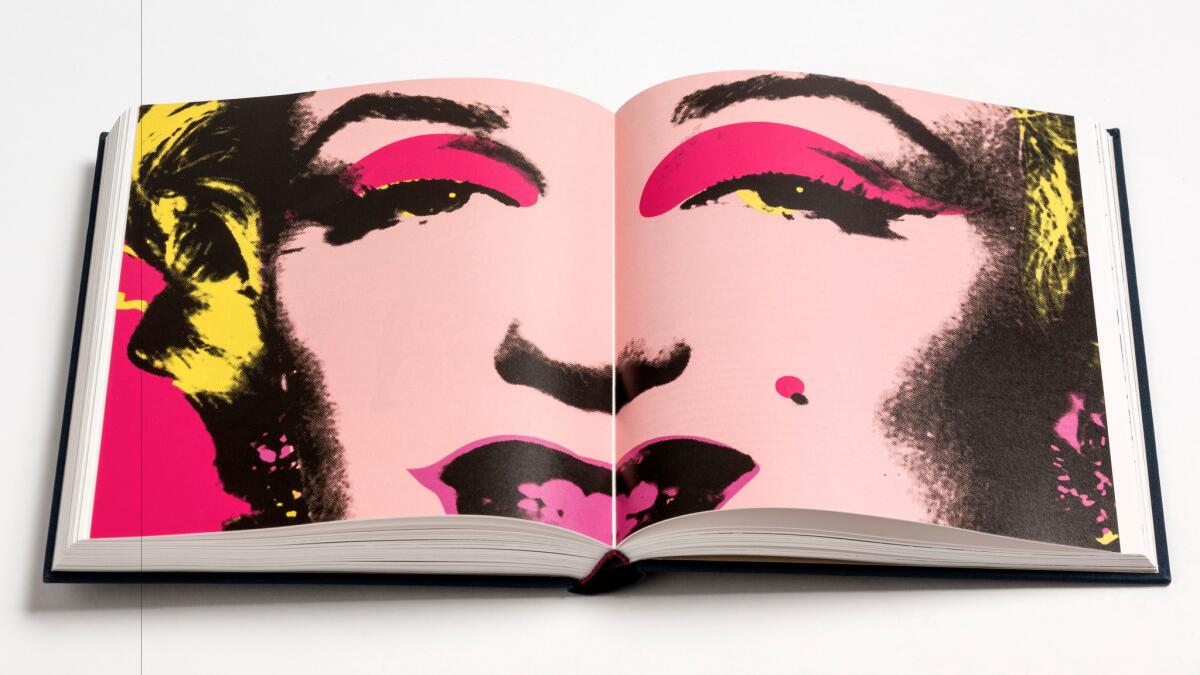
- Share via
As far as art books go, “Matisse in the Barnes Foundation,” published last year by Thames & Hudson, is pretty exquisite: Three hardback volumes, totaling 894 pages, that tell the story of the works that are a bedrock of the Barnes Foundation collection in Philadelphia.
The books come in a special clothbound slipcase and boast features such as tinted paper, full-bleed photographs and fold-out pages that allow the reader to see Matisse’s work in great detail — all of it elegantly composed by Pentagram, an award-winning design firm.
The award-winning book retails for $350 and checks in at a robust 17.7 pounds, requiring a specially constructed box to ship.
“It’s a fantastic piece of book-making,” says Will Balliett, president and publisher of Thames & Hudson Inc., the global company’s North American branch. “It appeals to a collector’s instincts. You experience an artist’s work in a museum, and it has an impact and it hits you and you want to take a little piece of it home if you can.”
Art catalogs are books that generally come in one of three forms: as a record of a temporary exhibition at a museum or gallery, as a printed archive of a museum’s permanent collection or as an artist monograph devoted to a single artist who may or may not be tied to a museum exhibition.
They range from small (a softback published for a gallery show with a print-run of no more than 300 copies) to coffee-table tomes featuring specialty papers and binding, and limited-edition prints with print runs of more than 5,000.
And at a time when print publishing has ceded territory to digital, the tiny, rarefied world of art catalogs remains defiantly analog.
“It’s one of the steadiest parts of our business,” Balliett said of catalogs. “Many of these books are upward of $75, and when you have a book that is unique and it gets into that range and above, it’s probably one of our safest areas.”

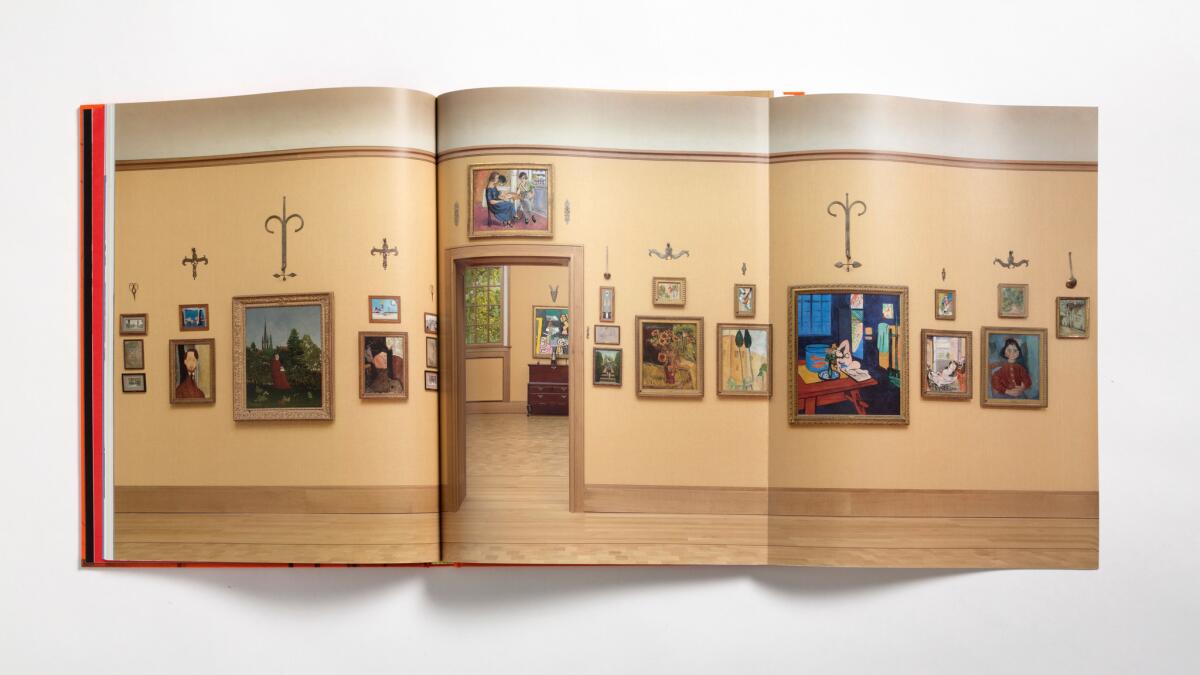
According to Publisher Alley, an industry trade group that analyzes sales data, glossy art books devoted to museum exhibitions and permanent collections have kept pace with, and occasionally bested, the growth rate of print publishing sales over the last four years. It’s impressive for an area of publishing that produces books that are expensive, impractical and very heavy.
A short stack of catalogs for the Hammer Museum exhibition “Leap Before You Look: Black Mountain College, 1933-1957,” San Francisco Museum of Modern Art’s upcoming photographic show “Anthony Hernandez,” and “Three Centuries of American Prints,” from the National Gallery of Art in Washington, D.C., weighs in at more than 15 pounds — about the equivalent of a bowling ball.
This excess is partly due to the fact that the medium of print works exceedingly well for the message of art — which in many cases is all about the aesthetics.
Glossy, oversize pages allow for the presentation of lush imagery in ways that are sharper and more engaging than the pixelated sameness of the Web, says Sharon Gallagher, founder of Artbook/D.A.P., a publisher and distributor.
“If you want to linger at a page, read a bit of text, turn back and look at the image again — if you want to look at something multiple times,” says Gallagher, “if you want to bring in design elements that structure visuals and texts in ways that speak to the subject at hand, so far, the e-book hasn’t gotten there.
“The best of the museum publications are ones where a very talented staff member, or perhaps an outside designer, spend six months studying the works and come up with a range of graphic treatments to offer an interpretation,” she adds. “It’s not just throwing everything into an HTML template.”
Moreover, in print, a great deal of attention is placed on getting elements such as hue, tone, depth and clarity just right.
“[We] just did a book with Louis Stettner, the great American photographer, featuring a suite of his photographs of the old Penn Station in New York City before it was torn down,” says Thames & Hudson’s Balliett. When he came to the office, he was talking to us about the depth of the blacks and the shadows in his imagery. Our production director actually went to Paris to work with him.”

Likewise, the best books take their form from the art that they feature — often becoming art objects themselves.
“Manus x Machina: Fashion in an Age of Technology,” published by Yale University Press and the Metropolitan Museum of Art, features silvery pages and a computer-punch-card-inspired cover — a nod to its theme: technology in fashion. For “Noah Purifoy, High Desert,” which showcases the Joshua Tree works of the California artist, the German publisher Steidl created a rough-hewn book that mimics the artist’s rugged style of assemblage.
Likewise, L.A. artist Frances Stark is known for creating abstracted patterns out of fragments of text. The catalog for her solo exhibition at the Hammer Museum, titled “UH-OH,” sculpted some of the texts about the artist into biomorphic blobs and sharp geometric forms. (The book was published by Prestel, a division of Random House.)
In a traditional e-book, where fonts can be expanded and shrunk, and where text scrolls from one page to the next, these types of treatments would be much trickier, if not impossible, to execute — which is part of the reason art catalogs have never gone away.


In fact, Dagny Corcoran, who operates the long-running Art Catalogues at LACMA, the shop inside the museum’s Ahmanson Building, says that interest has surged.
“In the last five years, I’ve had much, much more interest in these things,” she says. “I have definitely seen a rise in collectors of exhibition catalogs. They’re often art collectors or art dealers. … But I also specialize in gallery publications which are much smaller and more focused and way less expensive. And people want that, too.”
Artbook/D.A.P now manages three storefronts geared at readers of catalogs and other art books in New York, Minneapolis and Los Angeles (the latter at downtown gallery Hauser Wirth & Schimmel).
“So many bookstores closed in the ’90s and early 2000s, but they are coming back,” says Gallagher. “I see it in our numbers.”
“It’s how sculpture will continue to exist even after virtual reality becomes a widespread phenomenon,” she adds. “There will still be paper and print.”
But the handmade-ness that makes printed catalogs a terrific work of craft doesn’t always make them an ideal vehicle for distributing information, at least in the contemporary era.
They are often the only repository of knowledge that remains after a museum exhibition has come and gone — providing a record of what was shown and its context. Yet print catalogs are often expensive and hard to find, requiring journeys to good antiquarian book stores or well-stocked research libraries.
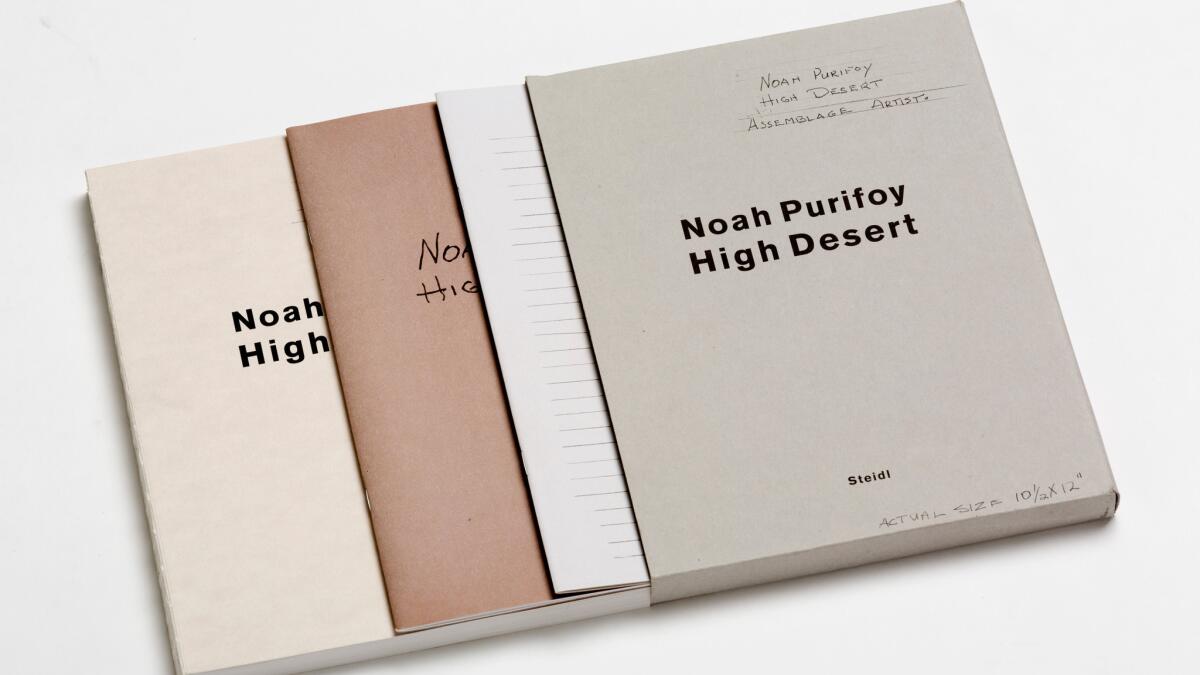
The art catalog hasn’t changed much in more than 200 years.
The form as we know it likely dates back to the late 18th century, when printers Nicolas de Pigage and Christian von Mechel created a catalog for a historic exhibition at the Düsseldorf Gallery in Germany. Prior to this, a collection might be recorded in an album of engravings that reproduced the best or most important works. But Pigage and Mechel created prints that showed installation views of the exhibition and accompanied these with technical data and commentary in book form.
“It was a proto-catalog,” says Louis Marchesano, a prints curator who organized an exhibition on the Düsseldorf Gallery for the Getty Research Institute in 2011. “Each and every painting in the collection was dealt with in a methodical and consistent manner. It was meant to help viewers compare different kinds of pictures — to understand how subjects were handled by different artists.”
But what was revolutionary in the 1770s can feel outmoded at a time when so much other information sits at our fingertips on the Internet.
Naturally, there have been some efforts to change this.
LACMA, which publishes up to a dozen print titles in a given year, was a pioneer in the digitization of out-of-print catalogs, which can be accessed for free on the museum’s website. Likewise, the Metropolitan Museum of Art has also put many of its vintage publications online.
And seven years ago the Getty Foundation launched the Online Scholarly Catalogue Initiative, which has supplied more than $4.2 million in grants to eight museums in the U.S. and Europe to pursue digital publishing strategies.
The Art Institute of Chicago, which publishes roughly a dozen print catalogs a year, is one of the participating institutions. As part of the project, it has created a series of free online catalogs devoted to artists or areas of its collection, such as Roman art or Claude Monet.
Likewise, SFMOMA used its grants to produce the Rauschenberg Research Project, also free, which features a combination of scholarship, imagery and multimedia resources such as video. If it had been published as a print catalog, it would have been an unwieldy 600-plus pages long.
“You can stay in the 20th century or plunge into the 21st,” says Getty Foundation Director Deborah Marrow. “It’s increased access to information, and there is a wider range of information that others outside of our institutions can more easily find. Information can be used, it can live — and that’s exhilarating.”
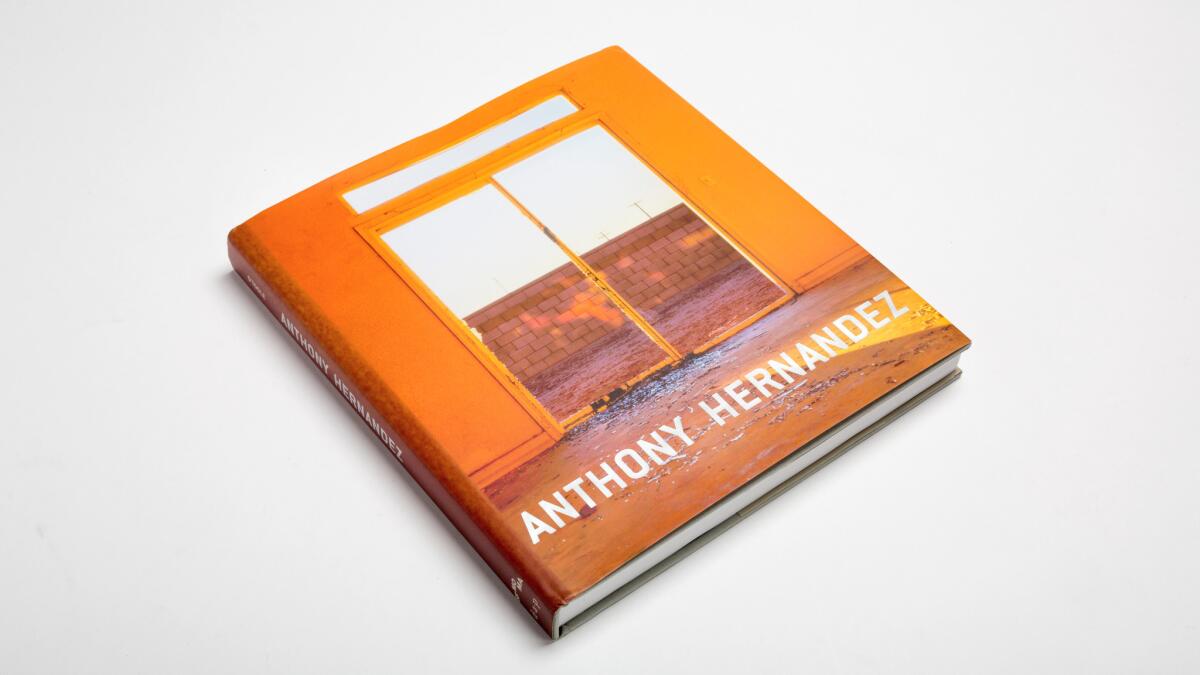
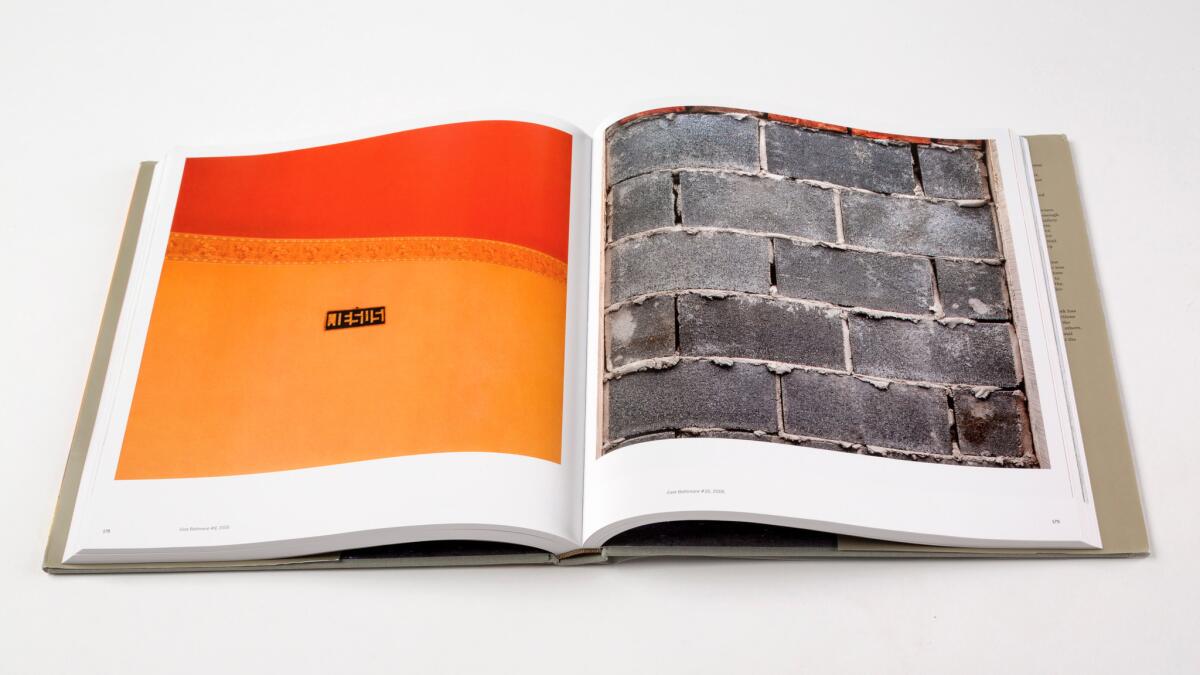
But the publishers I interviewed for this story say that while there is a market for e-books about art that are text-driven (such as biographies or histories), there hasn’t been a similar demand for electronic art catalogs — because catalogs are more about contemplative looking.
Gallagher says that her early attempts at creating digital catalogs were met with a shrug both by institutions and consumers.
“I think the efforts museums are making to digitize and putting those up as free public access or at low cost is a huge service,” she says. “But that’s for research. If I want to enjoy it rather than research it, then it’s a good museum shop or an independent store or searching for a good used copy on Amazon.”
Plus, there’s the issue of digital memory — of which high-resolution, image-saturated art books employ a lot.
Marchesano of the Getty says he owns a digital catalog of Leonardo da Vinci’s drawings that offers high-tech features such as zoom capabilities and automatic translations of Da Vinci’s cryptic texts.
“It’s beautiful and it does things you can’t do in a book,” he says. “But I haven’t bought any more because it slows down my iPad.”
It seems that sometimes the best technology is the old technology.
“Digital evolves so rapidly,” says Balliett of Thames & Hudson. “The platforms change, things go out of date. But the book as technology is pretty stable. Once it’s printed, it can sit on a shelf for hundreds of years.”
Find me on Twitter @cmonstah.
ALSO:
Jeffrey Toobin, Patty Hearst, and the mad mad 1970s
Dealing in uncertainty, the essay may be the perfect form for our time
How a camera, a blog and Eastside Luv led Rafael Cardenas to capture the art of everyday L.A. life
More to Read
Sign up for our Book Club newsletter
Get the latest news, events and more from the Los Angeles Times Book Club, and help us get L.A. reading and talking.
You may occasionally receive promotional content from the Los Angeles Times.











